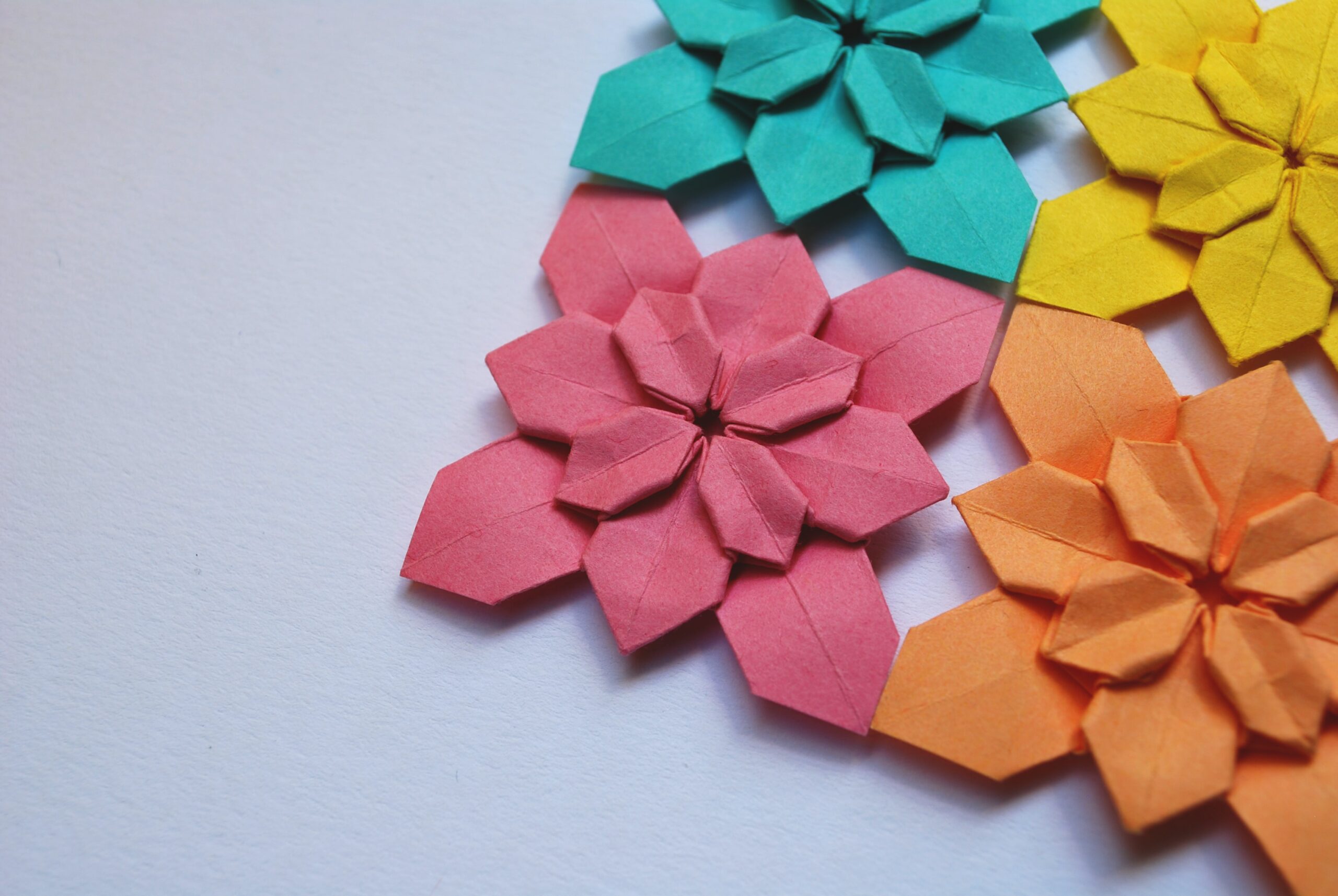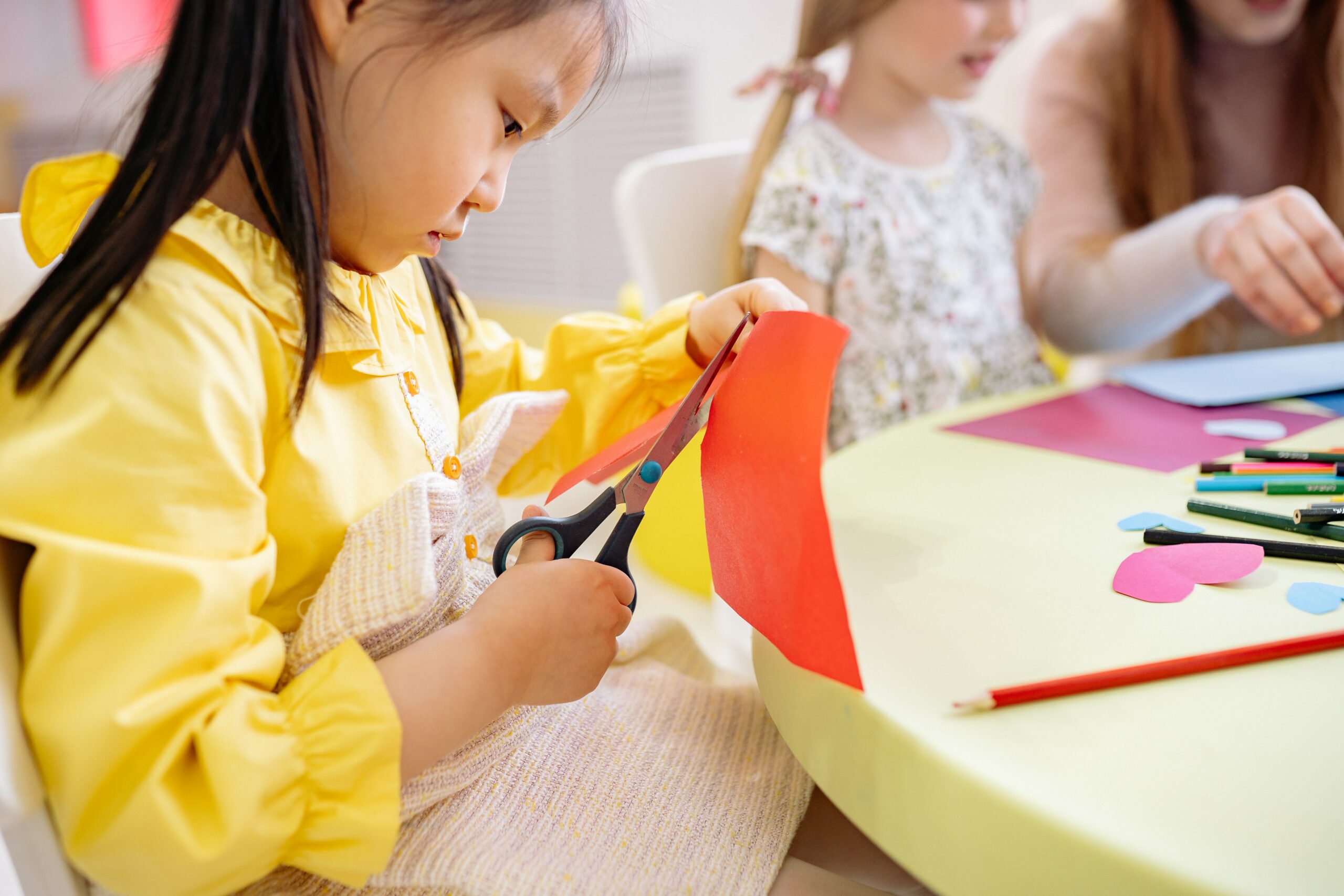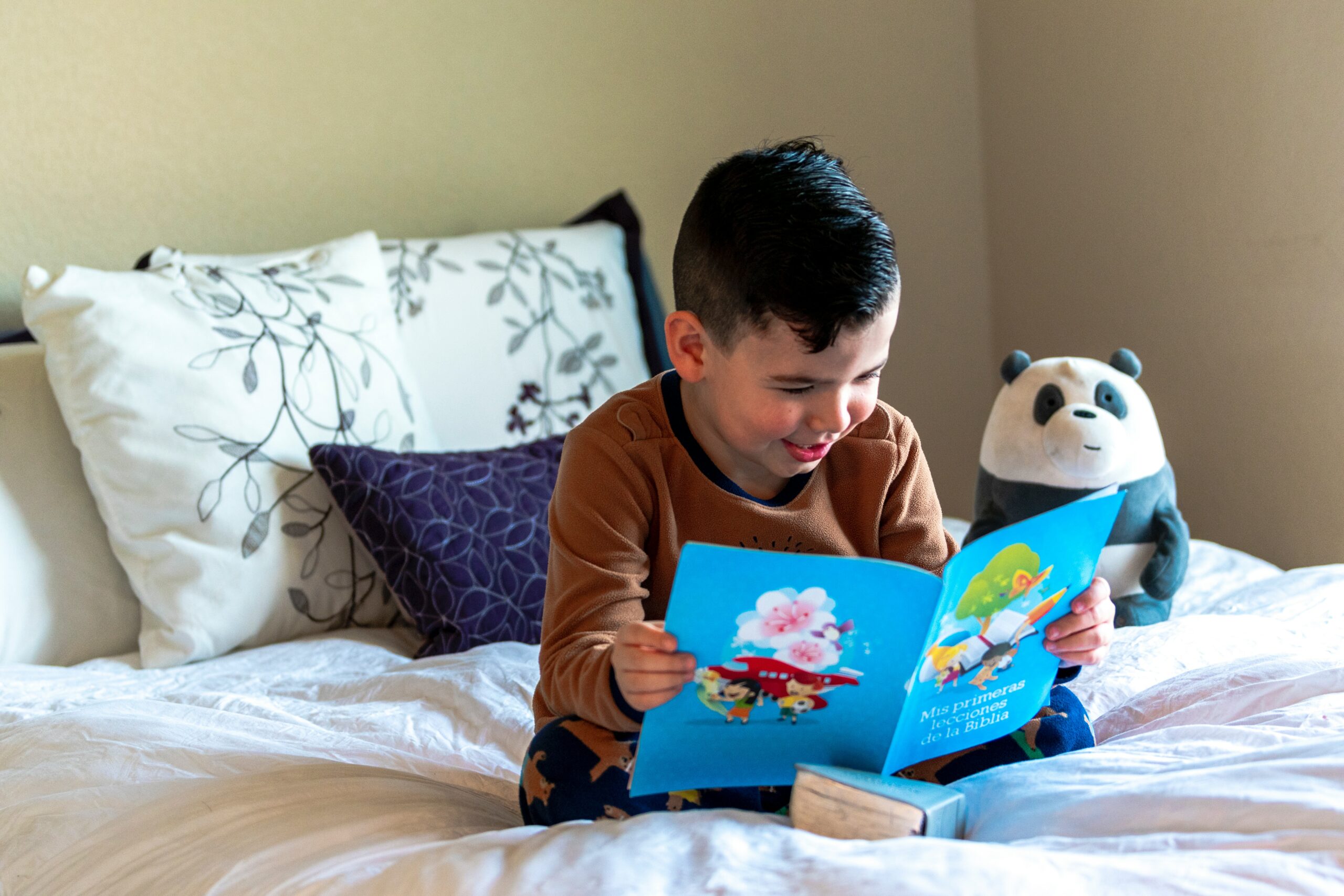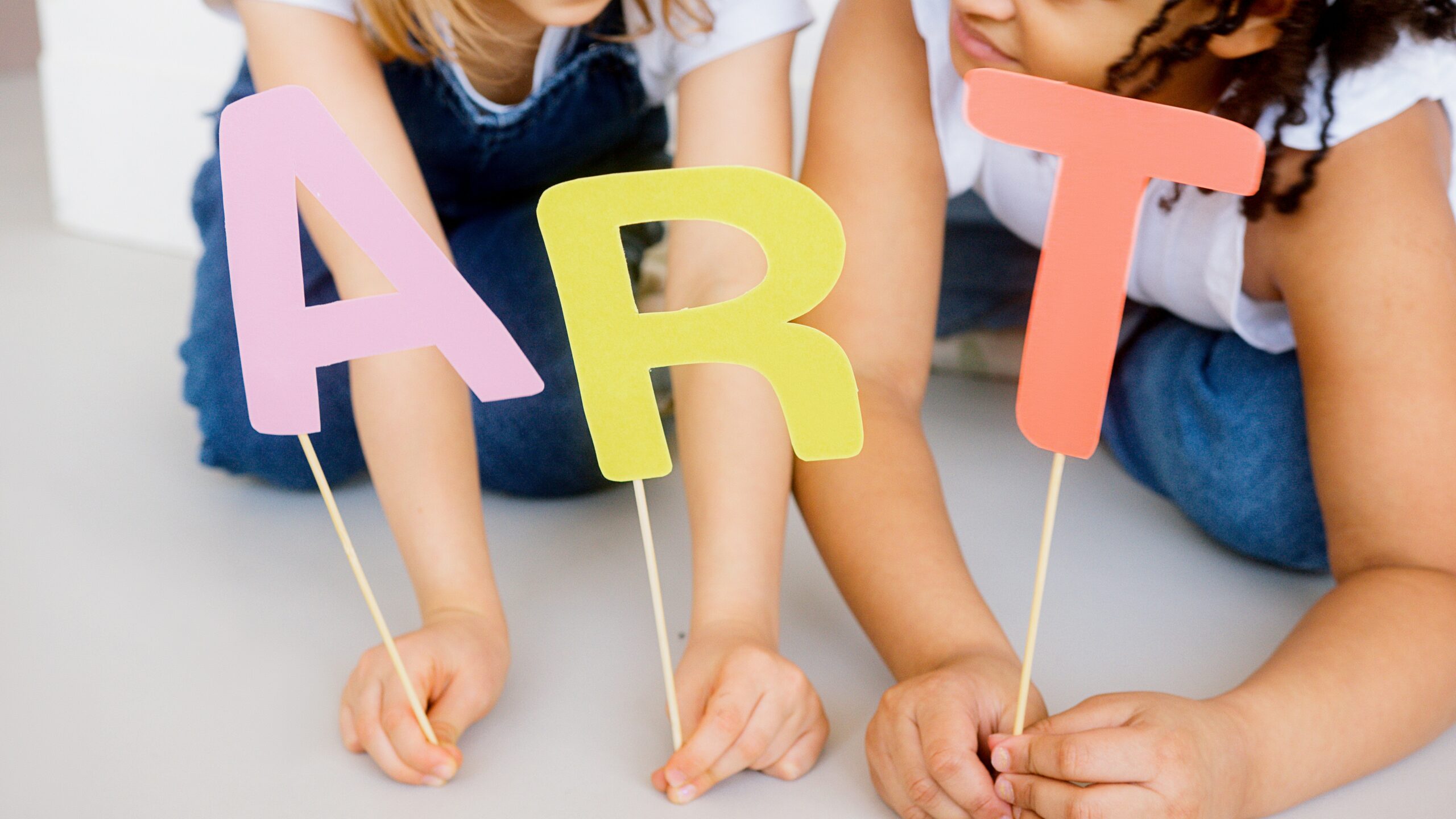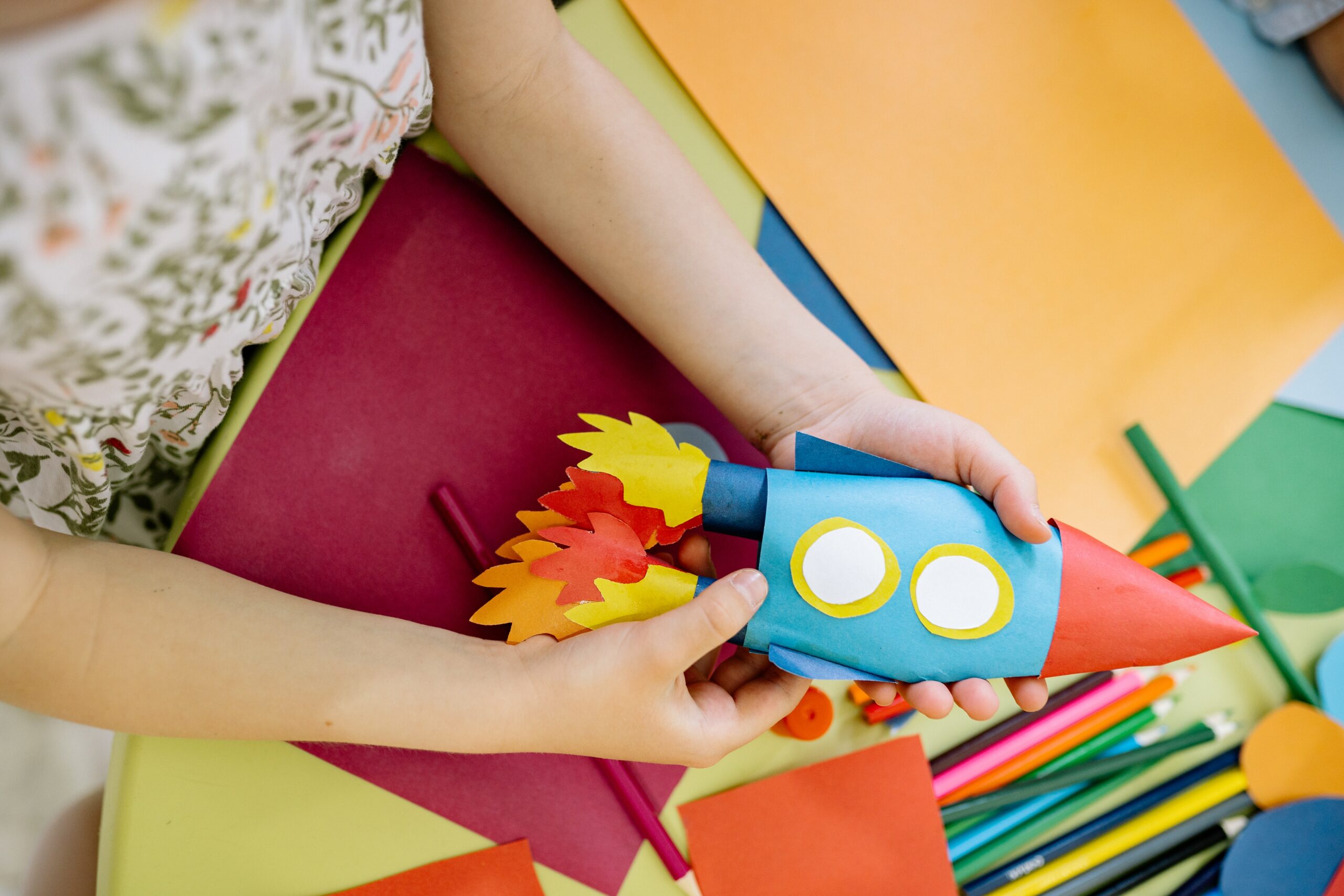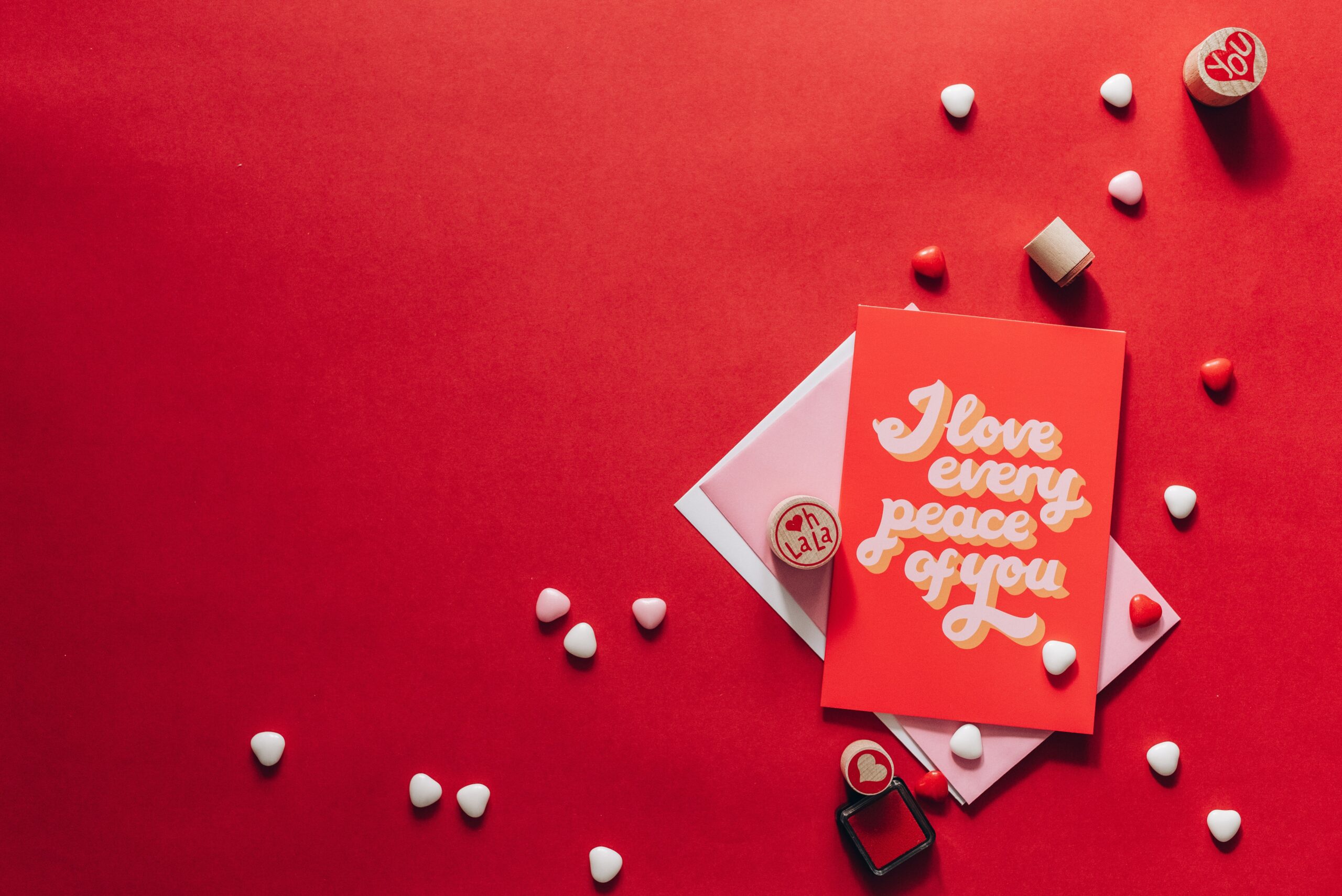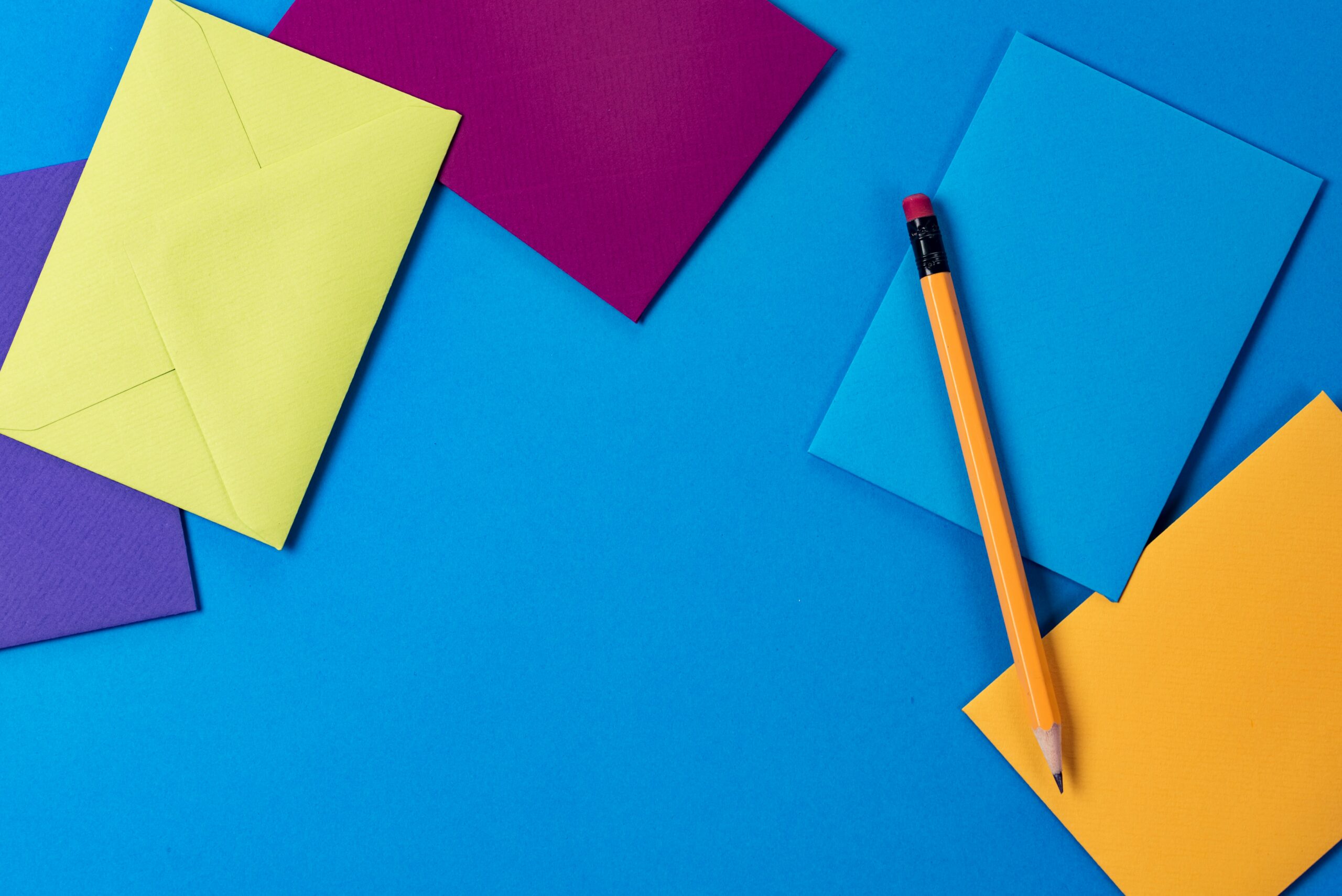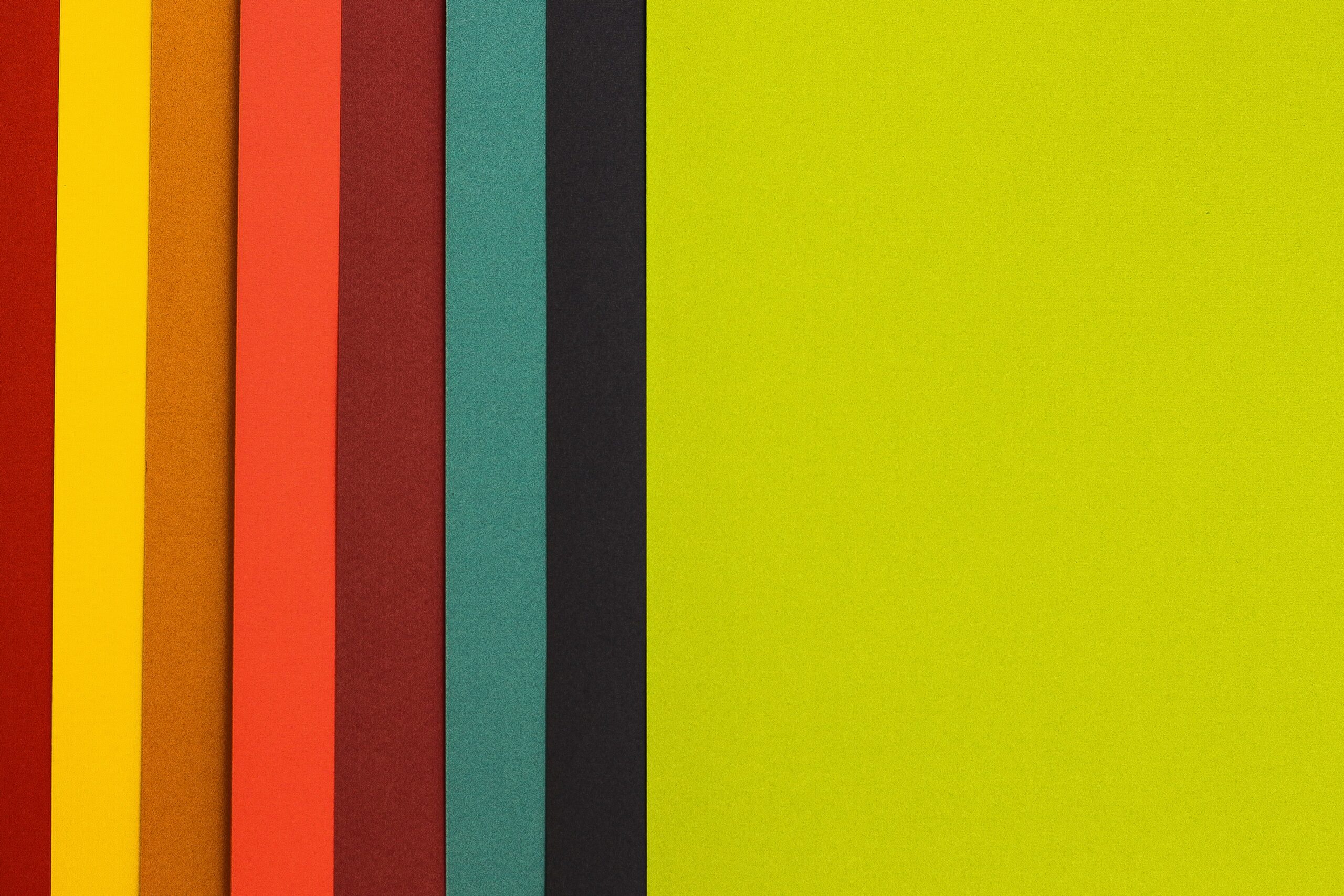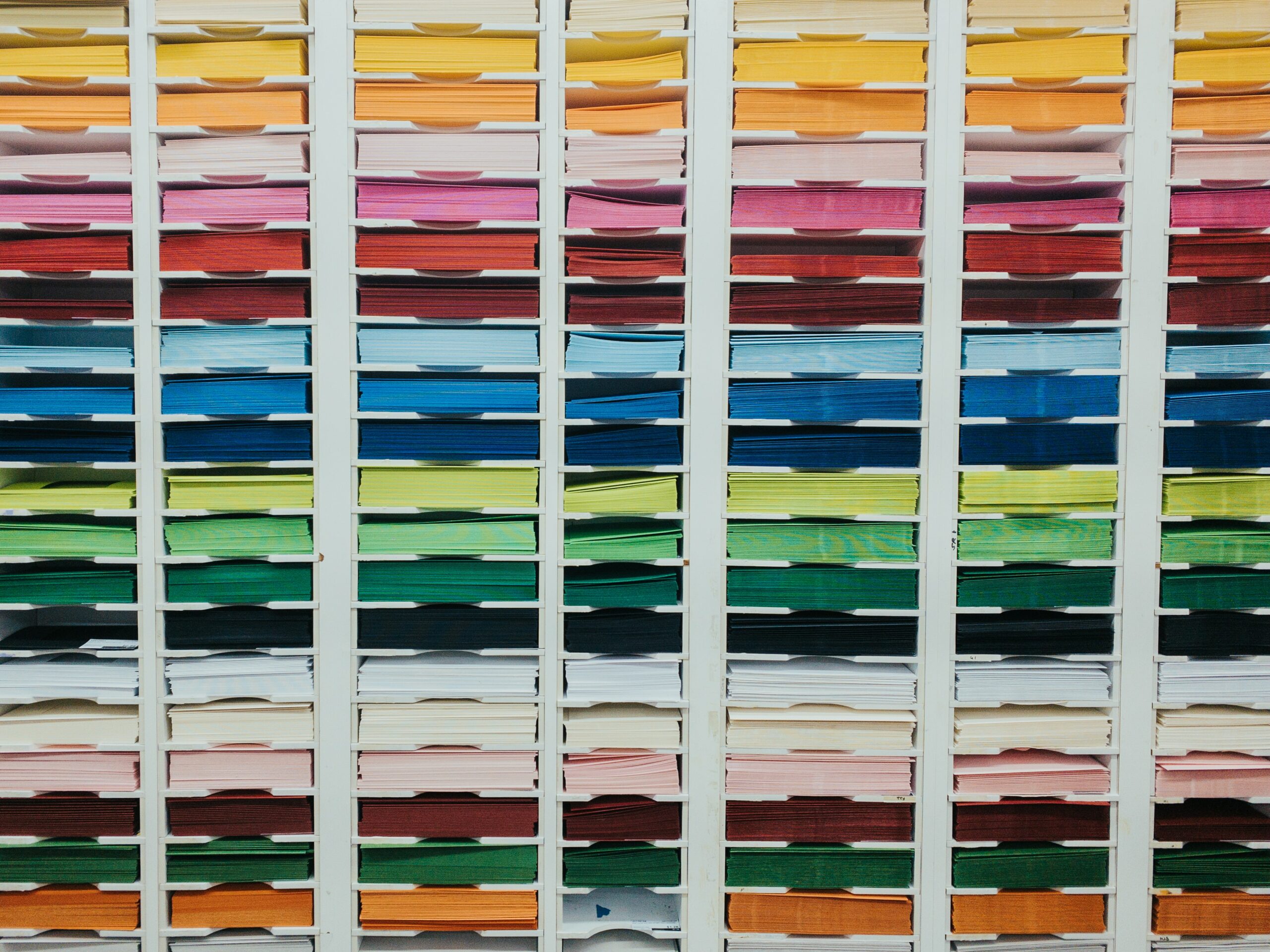The Ultimate Guide to Coloured Paper
Coloured paper sticks in our memories from our time at school. Crafting, cutting, sticking, and building stuff is part of our childhoods, and there’s so much you can do with it that it remains a fantastic medium into adulthood.
You can get sheets in primary colours, pastel colours, black, brown and grey in packs of ten to 250 sheets. You’ll save money buying in bulk, but it’s important to estimate your usage, so you don’t create excess waste.
This ultimate guide covers everything you need to know about crafting, using, building with, and buying coloured paper.
Let’s jump in!
What to make with coloured paper
It’s ideal for arts and crafts projects like paper lanterns, accordions, kites and shapes. Gluing two different colour sheets together will give you a bi-tone paper suitable for two-sided crafts like paper aeroplanes and hanging decorations.
Here are a few quick creations anyone can try:
Most craft guides are written for children, but you can also find adult ideas with more complexity. Check out this article for ideas.
What to do with coloured paper
It’s available in different weights, from thin tissue paper to rigid cardstock for structural models. You can do all sorts with it, such as:
Draw on it
Black paper is amazing to draw on with white and metallic inks, and you can draw on light colours with rainbow ink.
Scrapbooking
Scrapbooking is the easiest of all uses for coloured paper – simply get a scrapbook and cut out paper to make entries.
Cardmaking
Coloured paper is suitable for cardmaking providing you use a rigid paper for the card itself, and you can then use thinner paper for the interior.
Paper-mâché
Coloured paper is the best way to make a coloured pulp for paper-mâché, letting you create colourful models and decorating objects.
Paper layering
Paper layering involves making basic or detailed images with layers of paper, from simple geometric designs to detailed artwork.
Dyslexia (coloured backgrounds can improve reading fluency)
Some people find that reading from paper that’s coloured reduces dyslexia symptoms by reducing stress on the eyes and bringing order to jumbling.
Why does coloured paper help dyslexia?
Research has proved that people with dyslexia find reading from white paper sheets difficult, and many schools now use pastel colours to help people with dyslexia read and keep up with other students. But why?
It is thought that colourful paper reduces stress on the eyes, helping dyslexic people make sense of words on the sheet.
However, these effects are controversial in the scientific community. This study ruled against coloured overlays for helping with dyslexia, but shaded paper sheets are another medium and need more research for a definitive answer.
Art with coloured paper
You might think of art in pencil and paint, but you can also use shaded paper for various art forms. Here are the best-known paper arts:
Origami
Origami is the Japanese art of folding paper to make models. You can get started with the most popular Origami ideas. As your skills grow, you’ll be able to intuitively make folds and follow instructions from memory.
Kirigami
Kirigami is the Japanese art of folding and cutting paper to make models. The addition of scissors or a craft knife enables a wider range of models to be made, although designs tend to be more complex and time-consuming.
Kirie
Kirie is the Japanese art of making pictures by cutting paper, creating two-dimensional art that appears to be three-dimensional.
Quilling
Coloured paper is perfect for quilling (the art of rolling, shaping, and gluing paper to create a unified, decorative design, like a flower).
Scherenschnitte
Scherenschnitte is the German art of cutting paper with scissors to make shapes with rotational symmetry.
Model making
Model making involves building structural models like buildings and architectural mock-ups with paper and card stock.
Crafts with coloured paper
From paper umbrellas to Christmas trees, anything is possible with a little imagination. You can choose to fold only (Origami) or build models without limits by cutting and gluing. Here are a few ideas to get you started:
- Masu box
- DIY gift box
- Rolled roses
- Paper umbrellas
- Lotus flower (Origami)
- Paperchain rainbow
- Paper village
- Paper teacups
- Paper houseplants
- Paper palm leaf
- Quilled vase
- 3D Christmas trees
- Japanese folding fan
Can you print on coloured paper?
You can print it, providing it is a gsm supported by your Inkjet/LaserJet printer. Most printer paper has a gsm between 60 and 120, and most desktop printers will happily print papers in this weight range.
Papers above 160gsm are classed as cards, and not all desktop printers support them. In any case, it’s prudent to refer to your instruction manual.
Printing on coloured paper is a great way to use templates you find online, and it will also help you mass-produce designs and ideas.
How much does coloured paper cost?
160gsm paper in five colours costs around £18 for 250 sheets, or you can pick up 100 sheets for around £9.38 (these prices include VAT).
The higher the gsm, the more paper costs. For instance, 225gsm paper in five colours costs around £25, approximately £7 more than 160gsm paper.
They’re also cost more than standard printer paper because they cost more to make and are produced in smaller quantities.
Coloured paper sizes
The most popular size is A4, but you can also buy it in A3. It isn’t common to find it in sizes smaller than A4, but some Origami shops sell square coloured paper, which saves artists from cutting it down to size.
Where to buy coloured paper
We sell A4, and A3 paper in individual colours and multipacks. You can find our full range of coloured paper here.
Hawksbill is a leading supplier of paper to artists, crafters, designers and the trade, with unbeatable quality and prices. We also sell charcoal paper, crepe paper, drawing paper, sugar paper, sustainable paper, and watercolour paper.

